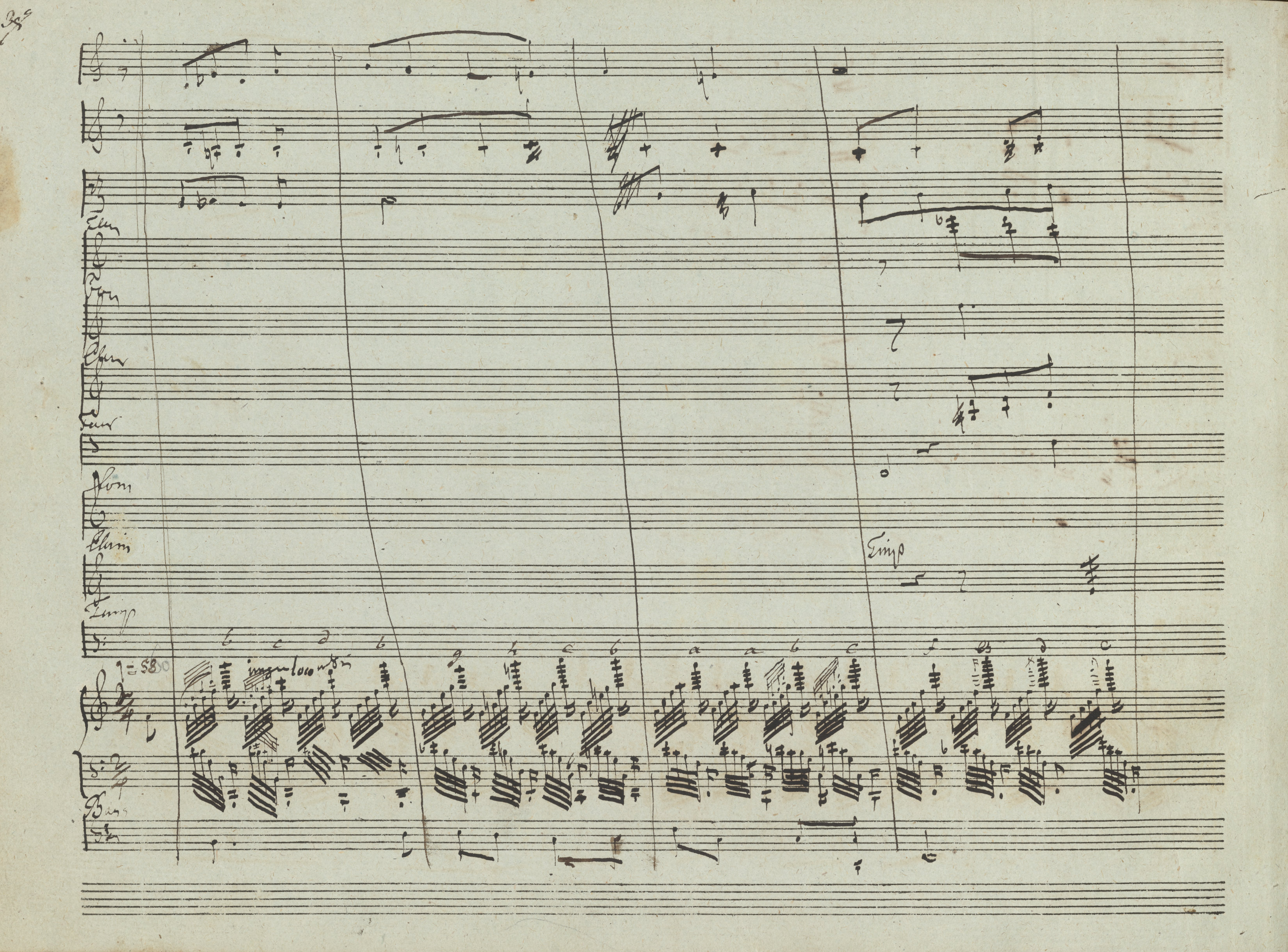Op. 2, Variations in B♭ major
Op. 10, 12 Etudes
Op. 11, Concerto in E minor
Op. 21, Concerto in F minor
Op. 22, Polonaise in E♭ major
Op. 24, 4 Mazurkas
Op. 25, 12 Etudes
Op. 26, 2 Polonaises
Op. 27, 2 Nocturnes
Op. 28, 24 Preludes
Op. 30, 4 Mazurkas
Op. 35, Sonata in B♭ minor
Op. 50, 3 Mazurkas
Op. 63, 3 Mazurkas
Op. 64, 3 Waltzes
(Op. 4), Sonata in C minor




Op. 2, Variations, complete
In A the entire indication concerning articulation and dynamics is written in an abridged form in the upbeat – sempre stacc. e  . If we were to take into account its meaning, it is highly likely that such a position was driven by the lack of space between the staves (in addition, it cannot be ruled out that Chopin added sempre stacc. to
. If we were to take into account its meaning, it is highly likely that such a position was driven by the lack of space between the staves (in addition, it cannot be ruled out that Chopin added sempre stacc. to  , written earlier).
, written earlier).
The editions retained this position; however, the layout of the text was changed and the abbreviations written out in full or some words were abbreviated again:
Taking into account the above, in the main text we write out the abbreviations in full and put the entire indication in a single line, in the upbeat and bar 1.
Compare the passage in the sources »
category imprint: Differences between sources; Editorial revisions
issues: GE revisions
notation: Verbal indications

